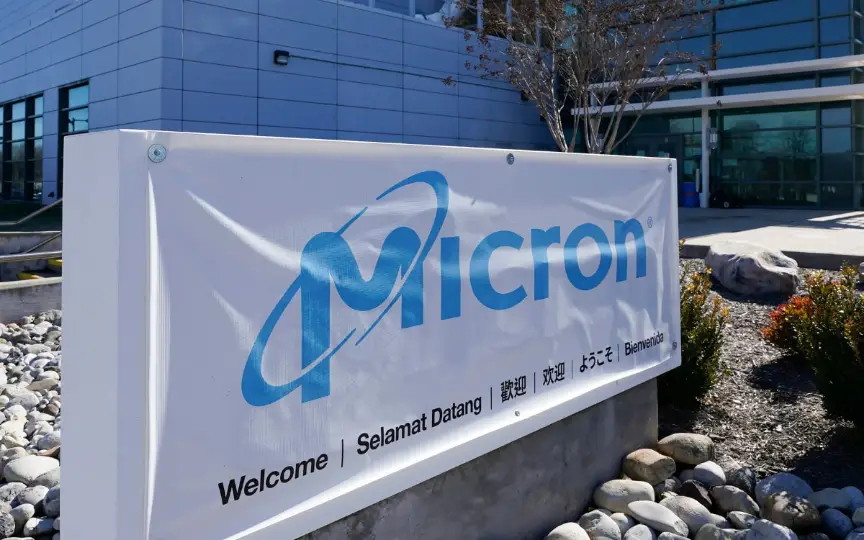Micron’s Q3 Revenue Surges on High Demand for AI Chips
On Wednesday, Micron Technology exceeded analysts’ predictions for third-quarter revenue, as the rapidly expanding artificial intelligence industry fueled the demand for its memory chips.
The company’s shares rose about 3% in after-hours trading. This year they have risen by around 34 percent.
CEO Sanjay Mehrotra said customers continued to reduce their excess inventory during the quarter as inventories in the PC and smartphone segments were close to normal levels.
As a result, Micron is seeing improved pricing trends and increased confidence that the industry has passed a growth and revenue bottom, he added.
Micron had revenue of $3.75 billion for the quarter ended May 31, compared with $3.65 billion, according to Refinitiv’s IBES data.
Growing demand in the generative AI sector, which has attracted investor attention since OpenAI’s ChatGPT went viral, has helped boost sales amid weakness in Micron’s traditional smartphone and PC markets.
The rise of generative artificial intelligence is likely to increase the demand for data needed to feed large language models and may increase the need for storage chips, analysts have said.
US chip manufacturers have also been caught up in the technology dispute between the US and China. Last month, China’s cyberspace regulator failed a security check on Micron’s products, blocking purchases by key infrastructure operators.
Micron, the largest U.S. memory chip maker, has said it expects the ban to affect about half the revenue of its China-headquartered businesses, a low double-digit percentage of total revenue.
The company reiterated that representatives of the Chinese government have contacted several of its customers, including phone manufacturers, regarding the future use of the company’s products.
Micron’s fourth-quarter revenue was $3.9 billion, plus or minus $200 million for the quarter ended Aug. 31, broadly in line with expectations.
The company, which makes DRAM and NAND flash memory chips, posted a net loss of $1.9 billion in the third quarter, compared with a profit of $2.63 billion a year earlier.




